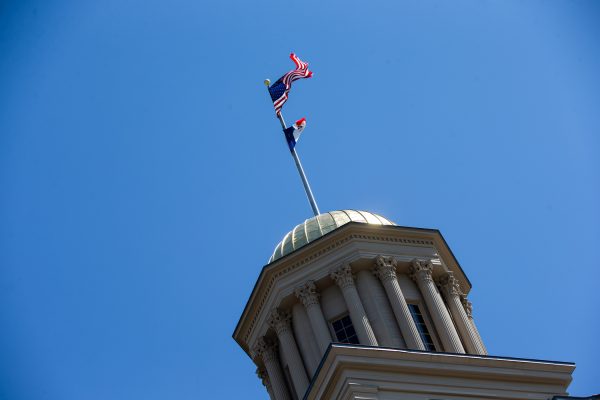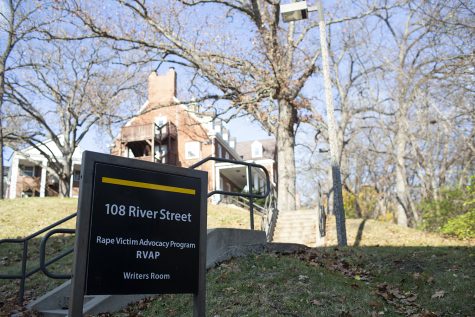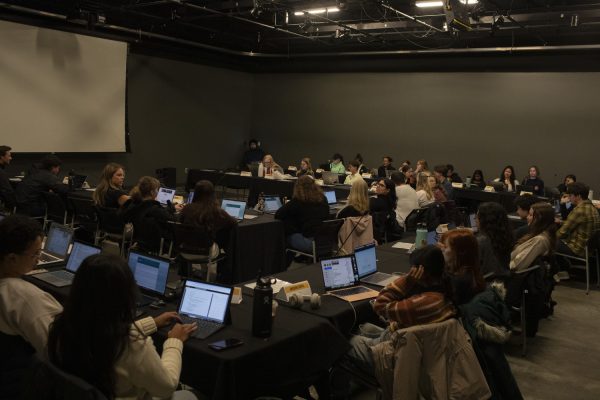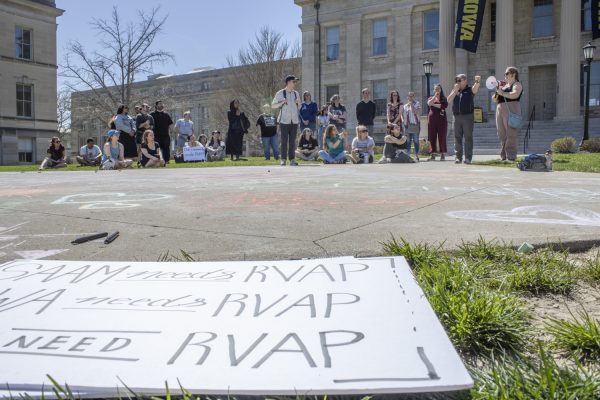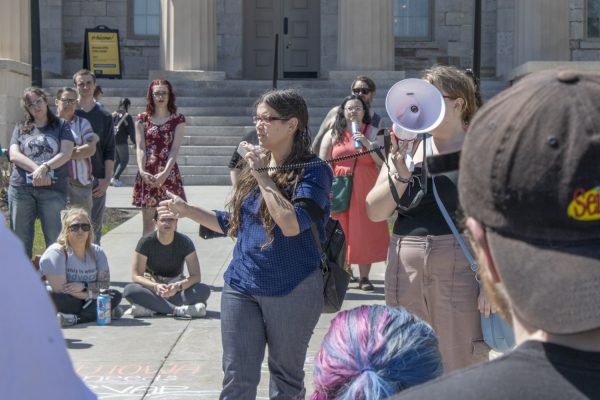UI alum addresses needs of prisoners in solitary confinement through photo project
The “Photo Requests from Solitary” project aims to combine activism and art to meet the emotional, creative, and “human” needs of prisoners facing solitary confinement.
February 18, 2020
Life in solitary confinement is a silent one, but a photography project developed by a group of activists, including University of Iowa alum Laurie Jo Reynolds, aims to be a creative outlet for prisoners in seclusion.
The crowdsource project, titled “Photo Requests from Solitary,” invites prisoners in solitary confinement to request a photograph of anything they want, realistic or imaginary, said Reynolds, an artist and activist who works with the project.
The project aims to connect with someone in solitary confinement in a meaningful way that acknowledges their humanity, she said, no matter their circumstances or crimes they committed previously.
“We all have needs and memories and curiosities,” Reynolds said. “So, the range of things people want to see is so different.”
The project began in 2009 in response to Tamms Correctional Center, in Tamms, Illinois. Tamms was a prison designed for sensory deprivation that Reynolds said generated criticism for solitary confinement. Advocacy to shut the prison down began in 2013, she added, and the photography project was one aspect of that.
When Tamms Correctional Center closed, the project became part of “Solitary Watch,” a journalistic watchdog website that compiles information about solitary confinement.
Solitary Watch Co-Director and Co-Founder Jean Casella said this project serves a dual purpose in addressing solitary confinement. Not only does it act as communication to the outside world for people in solitary confinement, she said, but it also gives those on the outside an opportunity to understand the needs of prisoners living in extreme, bare conditions.
“It really communicates to people on the outside the fact that, even in these circumstances, these people haven’t lost their humanity,” Casella said.
Casella said there is a growing and compelling body of research showing that solitary confinement can lead to extreme psychological harm and permanent neurological damage. This includes depression, anxiety, anger, hallucinations, and more, she said.
Solitary confinement serves as “isolation by design,” Casella said, so it’s important that prisoners have contact with the outside world.
“People are so much more than the worst thing they ever did,” Casella said.
The importance of understanding how prisoners think, dream, and express themselves creatively is illustrated in these photos, Reynolds said.
She said that her time as an M.F.A. student at the UI shaped her career, including in the “Photo Requests from Solitary” project. As a student, Reynolds said she learned how to think of strategies for reaching people who face incarceration without completely “[closing] them down.”
“It was at the UI that I had the first chance to start making work about prisoners and the experiences of prisoners …” Reynolds said. “It was the first chance to make representations of prisoners and talk about the impact that had on families and communities.”
What was important to Reynolds, she said, is how art was used in the context of an effort to change public policy. The “Photo Requests from Solitary” project participates in states with existing campaigns to limit solitary confinement, she added, so her project can support work that’s already being done.
The content produced by “Photo Requests from Solitary” was featured at the Brooklyn Public Library. The library is a civic commons project that uses art and culture to bring important issues to the public, so this project felt like a perfect match, said Manager and Curator of Visual Art Programming Cora Fisher in an email to The Daily Iowan.
“The project presents a challenge to all of us to confront our ideas on incarceration, and most of all to cultivate empathy — or for some of us, action,” Fisher said.
Reynolds said that common motifs of the project include childhood memory, neighborhoods, religion, invented scenes, romance, family photos, and the theme of “time going by without them.”
“I think the requests are just so striking, and it all makes sense when you see the requests of what people are going through and what you need,” Reynolds said. “You just feel the person there.”






